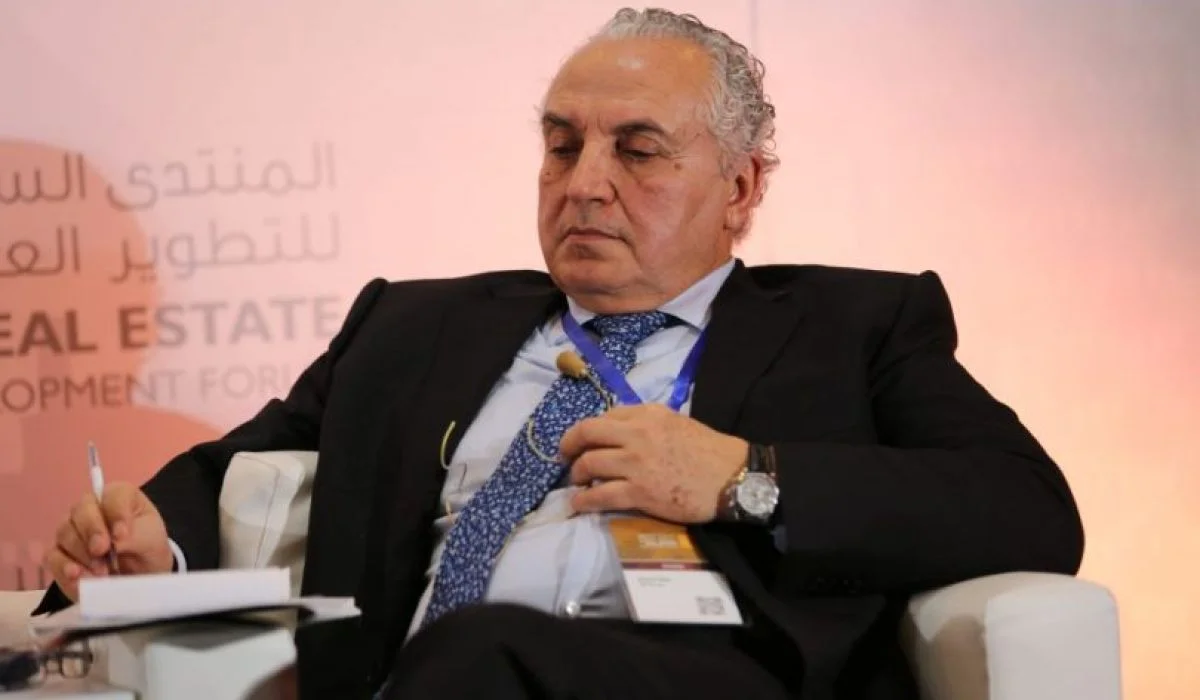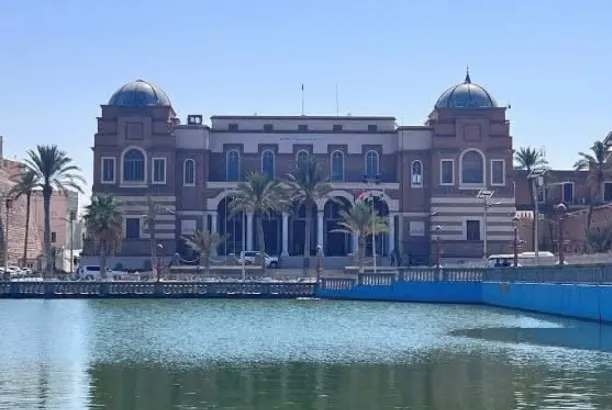
| News
Exclusive: Husni Bey Comments on the Exchange Rate Adjustment: The Majority Calls for Reform but Rejects Change, Insisting on Tools and Mechanisms Proven to Fail
Libyan businessman Husni Bey told our source in an exclusive statement:
In my view, the rate approved, with an added 15% fee, actually represents a devaluation of the exchange rate, not an increase as the majority perceives it.
All I hope for is that this 15% fee is used to extinguish public debt and reduce the money supply by 15 billion dinars annually for three years, without being used to fund any government activity.
He continued: I hope observers and economists revisit the stages following the unification and adjustment of the exchange rate on 3/1/2021, where they can confirm its positive effects. It brought price stability, and thus exchange rate stability, leading to a degree of relative security as the wars stopped (Kaniyat in 2018 and Tripoli in 2019). Through this stability, the economy saw relative growth.
He added: The government managed to pay child, wife, and distressed daughter allowances since 2013. All Libyan families benefited at an average of 4,250 dinars per family per year. The parallel exchange rate remained stable for two years, until speculation and instability returned in Q3 of 2023.
He went on: Since Q3 of 2023, and for a year and a half, we haven’t seen the dollar in the free market below 6.200 LYD. In fact, in March 2024, it exceeded 8.200 LYD/$, with a gap surpassing 50%.
He continued: The Governor of the Central Bank of Libya prioritized growing the reserves by purchasing 24 tons of gold, supporting the bank’s reserves with $4 billion in 2023, and adding another $2 billion in Q1 2024. However, despite this, the dinar collapsed in Q1 2024, exceeding 8.000 LYD/$, which led to the imposition of a 27% fee in Q2 of the same year.
The question: What is the real price of the dollar? The official rate or the market rate? In my conviction, the real rate is the market rate, and the official rate is nothing but a “safety belt” granted to speculators.
He added that the dollar has exceeded 7.000 LYD in the past week, and the success or failure of the official rate policy with a 15% fee should be measured by evaluating the dollar at 6.400 LYD including the fee. It is a successful policy if the dollar drops in the parallel market to below 6.700 LYD/$, indicating a 4% drop. To prove the theory and equation, the price trend in the parallel market must be monitored.
He said: I affirm that I do not believe in anything called an “official rate,” “fixed rate,” or price support for goods, services, or currency. In economics, there’s no such thing as price support, and it’s unacceptable to protect speculators and grant them guaranteed profits that exceeded 20% in Q1 2025 and 50% in Q1 2024.
It is unreasonable that the dollar is sold on one side of the street, only to be resold on the other with guaranteed speculation profits exceeding 20% — this is economic madness. And I am astonished by those who defend the status quo.
He confirmed that many economists use buzzwords like “sustainability” and “economic reform”, but refuse to deal with the two biggest black holes in public spending:
- The wages chapter, estimated at 65 billion dinars, of which only 60% are real salaries, while the rest goes to items like per diems, uniforms, accommodation, bonuses, and other extras.
- The second black hole is the subsidy policy for fuel and energy, which devours nearly 40% of our oil production, estimated at 77 billion dinars annually, and steadily increasing. These products are subject to theft, smuggling, and misuse (based on the mindset of “if it’s free, take more”).
In recent years, a new drain emerged called external fuel swaps, which make up 66% of the total fuel bill, while the remaining 34% is consumed locally since 1982 — comprising locally refined fuel, gas, heavy oil, and Ubari power station oil.
He concluded: The majority calls for reform, but they reject change, and insist on adopting tools and mechanisms that have proven failures, expecting different results after 70 years of failure.





